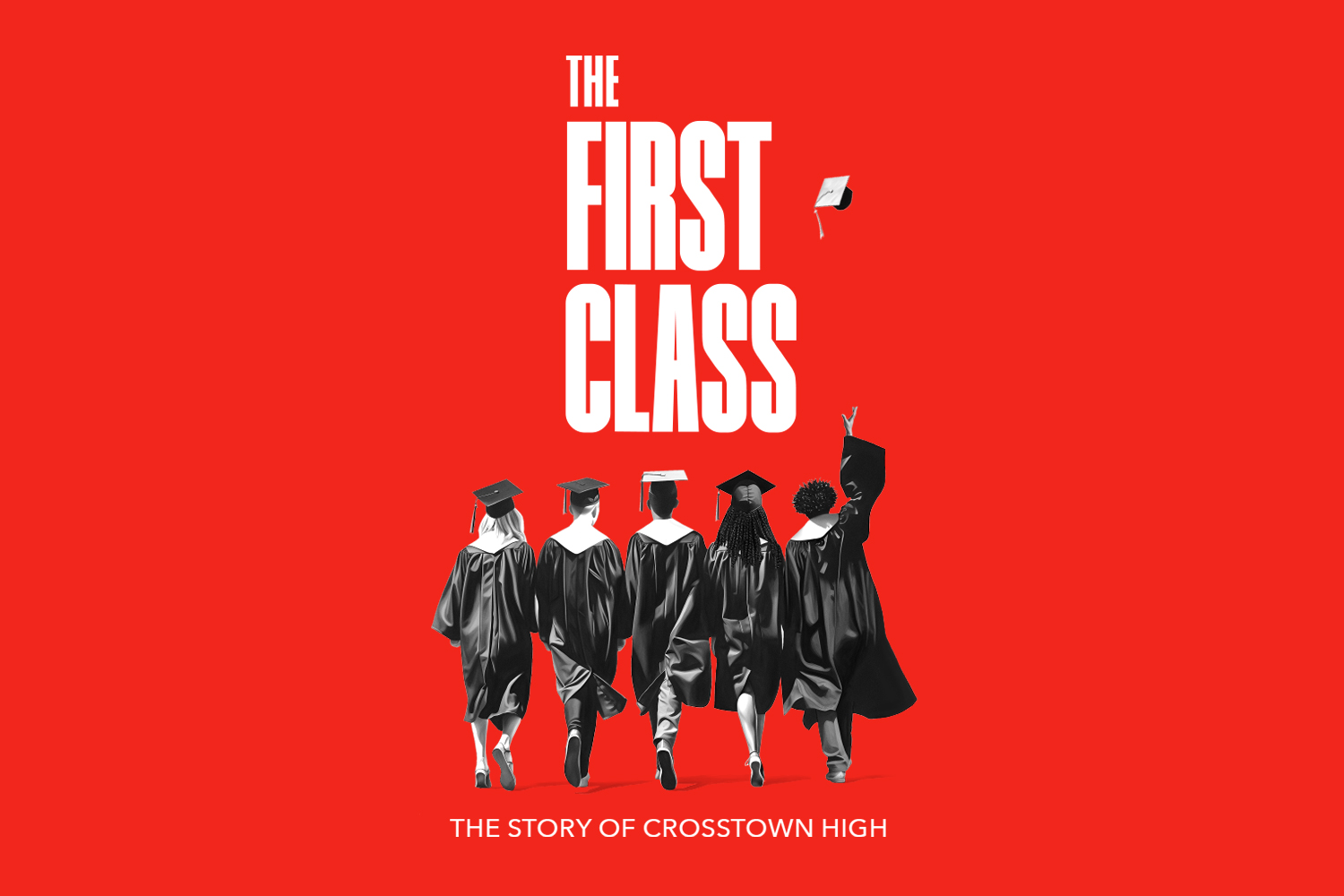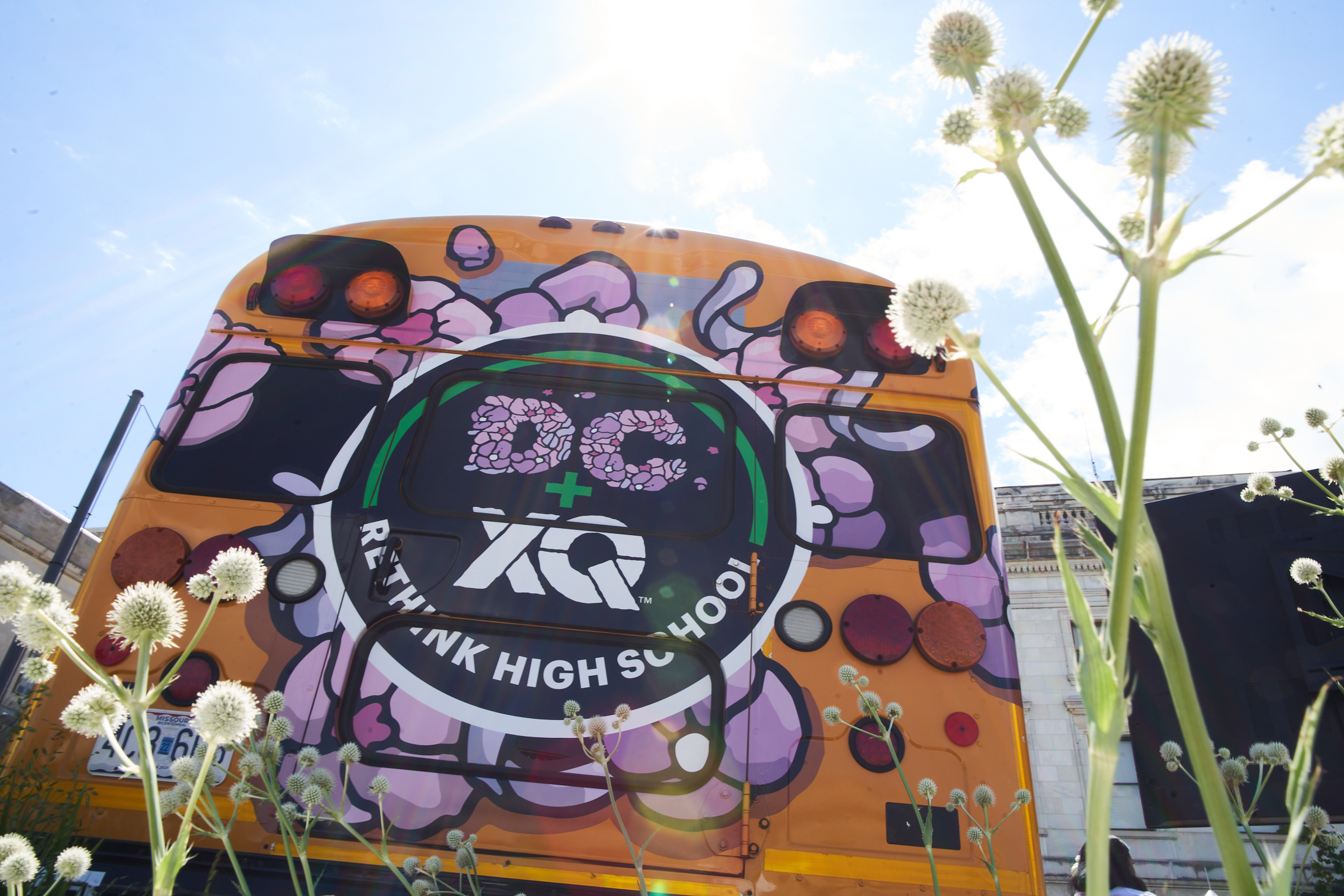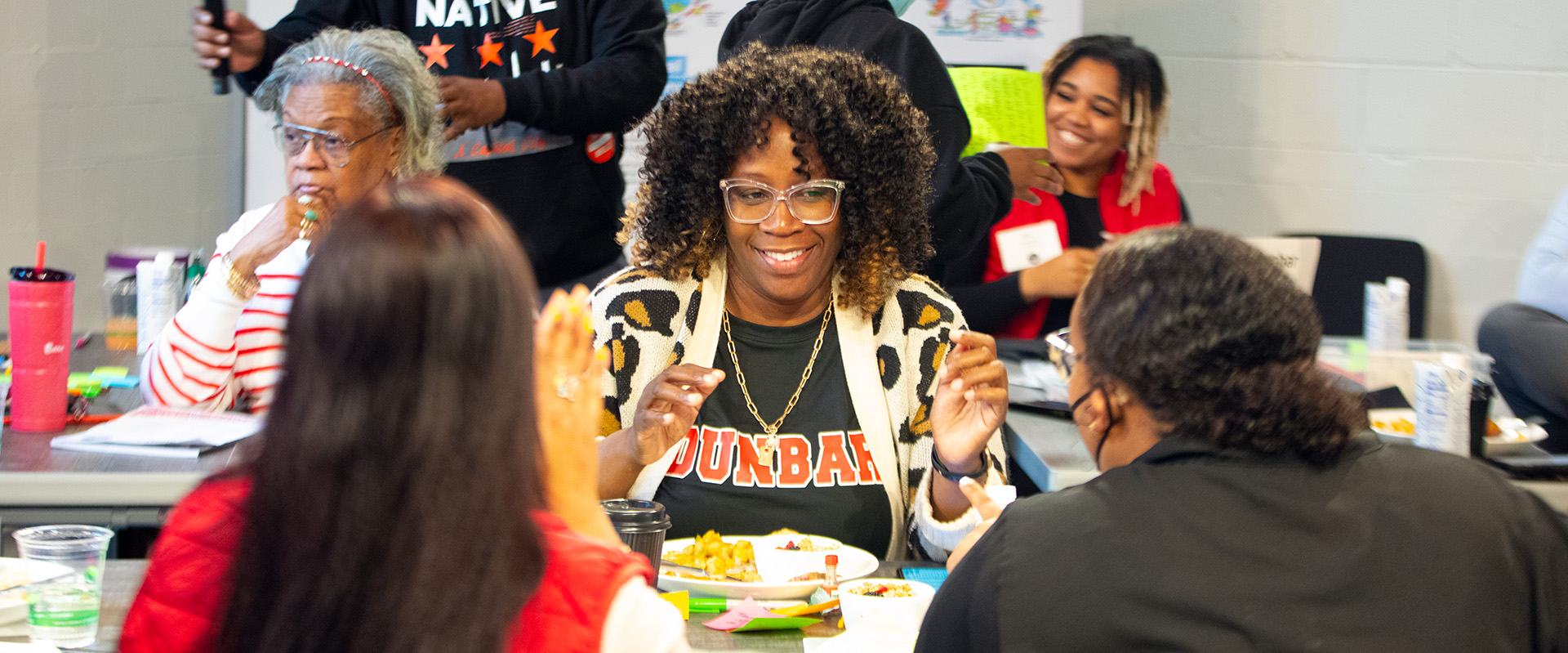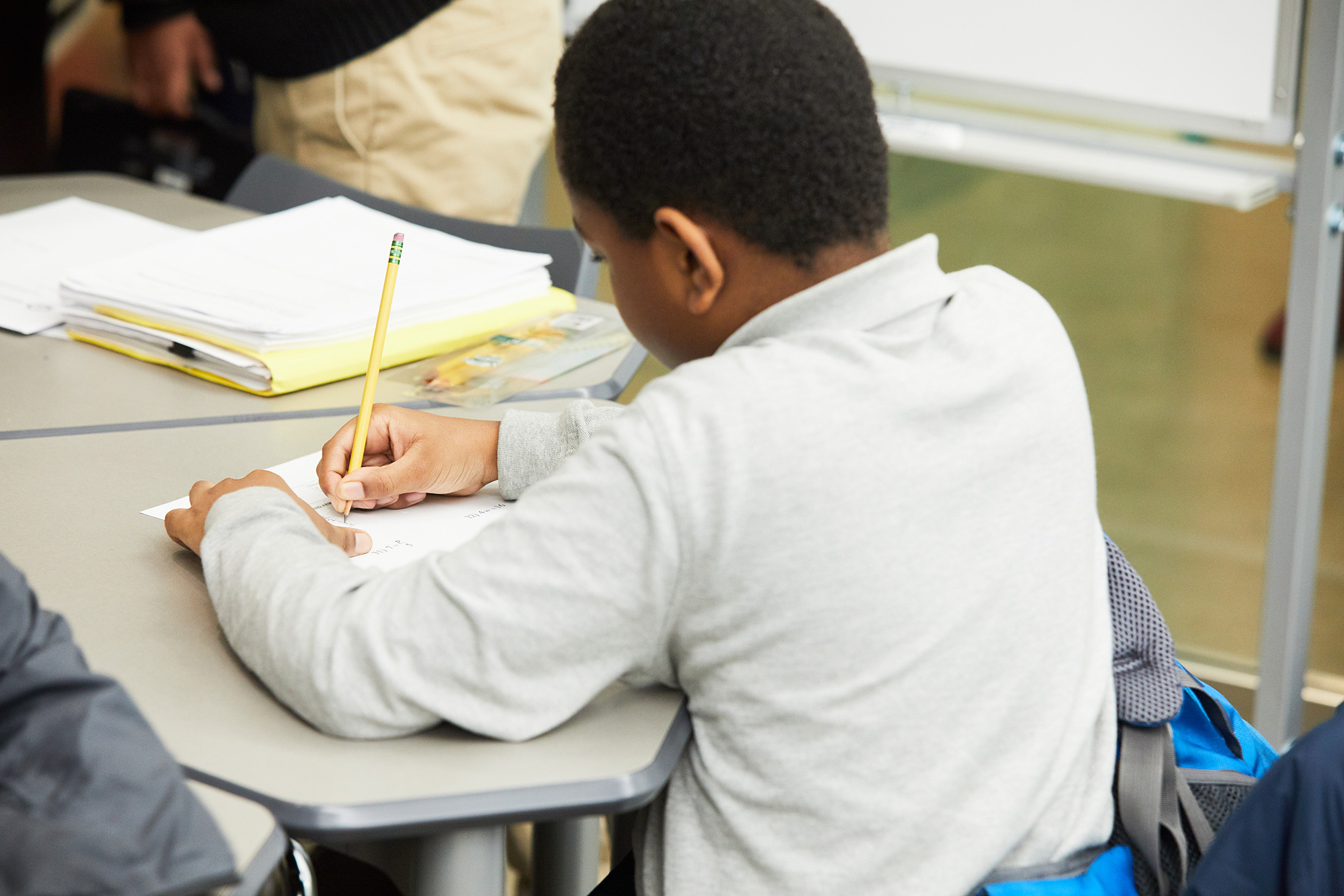12th Grade NAEP Science Results Confirm It’s Time for High School Transformation. And ARP Can Help.
On May 25, 2021, the National Center for Education Statistics (NCES) published results from the 2019 National Assessment of Educational Progress (NAEP) Science. NAEP science test results—along with the results of the 2019 NAEP assessments in math and reading released late last year—are fundamental to our understanding of the state of our nation’s high schools.
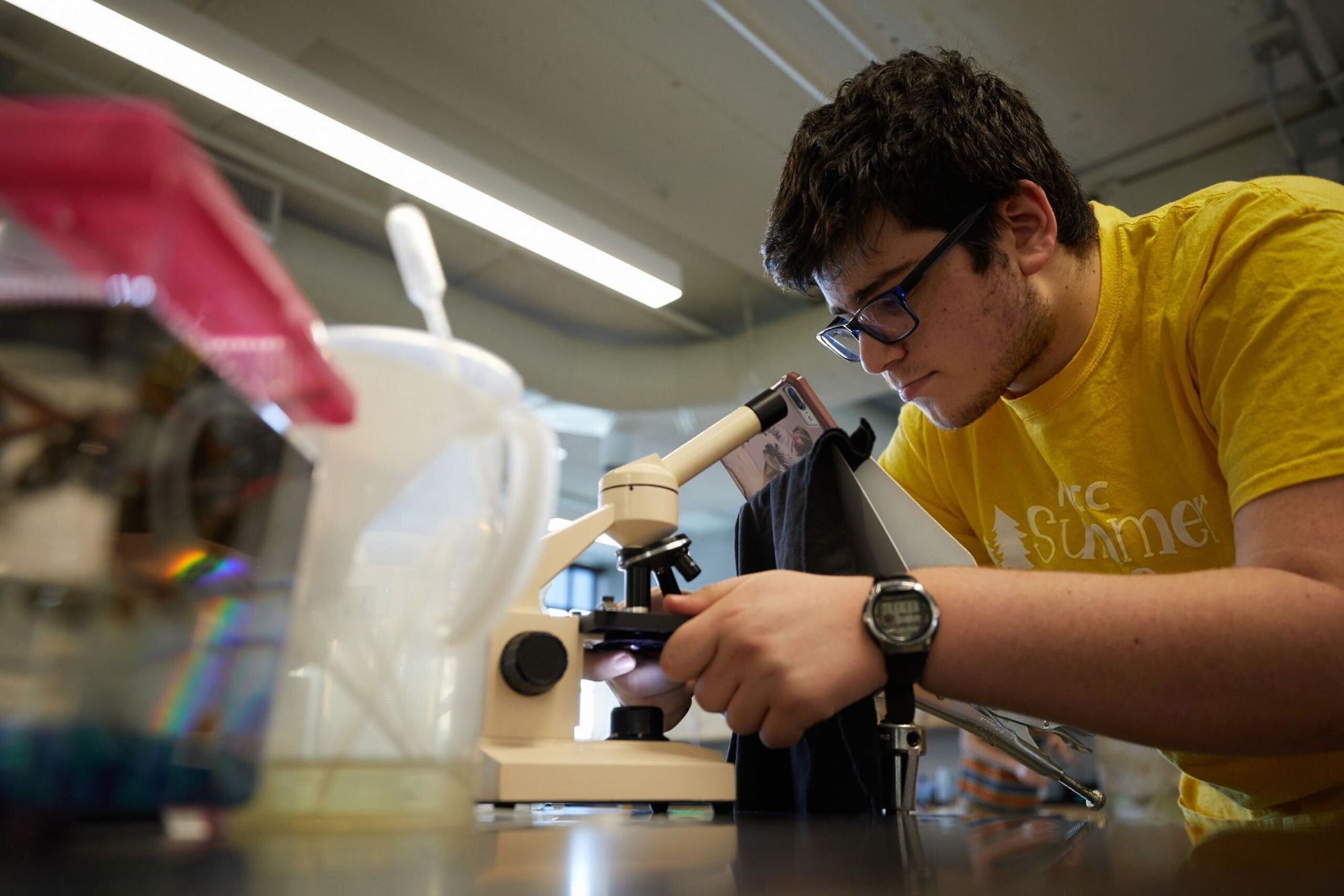
On May 25, 2021, the National Center for Education Statistics (NCES) published results from the 2019 National Assessment of Educational Progress (NAEP) Science. Designed to measure students’ knowledge and abilities in the areas of physical science, life science, and earth and space sciences, NAEP science test results—along with the results of the 2019 NAEP assessments in math and reading released late last year—are fundamental to our understanding of the state of our nation’s high schools. And in a world where scientific literacy is essential to qualify for the jobs of the 21st century and for college, career, and life readiness, these data demand action.
What are the 12th grade science results?
These 12th-grade NAEP data provide a pre-pandemic picture of high school student achievement in science:
- Of 12th grade students nationwide, only 22% scored proficient or above—denoting little change in the last decade.
- 41% of 12th-grade students didn’t even perform at the “basic” level in science.
- 69% of Black students and 56% of Hispanic students performed below “basic.”
- 0% of Black, 0% of Hispanic, and only 3% of white and 6% of Asian students achieved the “advanced” level in science. (Note: the data on Asian students are not further disaggregated and therefore mask big achievement and opportunity gaps within the Asian and AAPI community.)
What do the 12th grade science results mean?
The implications are profound. A NAEP assessment below “basic” means students likely struggle with things like understanding the genetic role of DNA in their own health; proposing solutions to local, regional, or national issues that impact them in a global pandemic; or understanding world events such as recent volcanic eruptions in the Congo and St. Vincent.
All students need scientific, practical, and problem-solving skills like these, no matter where they live or what high schools they attend. This isn’t just about outcomes; this is about opportunity.
NCES found that only 41% of the nation’s 12th graders said they took the full sequence of rigorous science courses, including biology, chemistry, and physics. NCES makes clear that students who took all three of these courses performed higher on average than those who did not. Worse yet, schools serving mostly students of color are less likely to offer advanced science courses in the first place. For example, according to the Learning Policy Institute’s analysis of data from the US Department of Education’s Civil Rights Data Collection, only 67% of schools with the highest concentrations of students of color offer physics, compared with 84% of schools with the lowest concentrations.
What are the 12th grade results for math and reading?
NAEP high school science results echo recent 2019 NAEP assessments in math and reading:
- In math, 40% of 12th graders didn’t reach the “basic” level, meaning they may not have been prepared for tasks such as doing their taxes or calculating sale prices in a grocery store.
- In reading, 30% of all 12th graders performed below “basic,” meaning they may not have been taught the skills to read and summarize ideas from a published article or OpEd.
- Comparatively few students from any group scored at the advanced level: 0% of Black students, 1% of Hispanic students, 4% of white students, and 14% of Asian scored “advanced” on the math exam; and 1% of Black students, 3% of Hispanic students, 9% of white, and 13% of Asian scored “advanced” on the reading exam.
What can we do about the 12th grade NAEP results?
At XQ, we do not see these results as a sign of defeat, but rather as a call to take immediate and dramatic action to transform the American high school system.
Signed into law on March 11, 2021, the American Rescue Plan (ARP) provides $123 billion to our nation’s schools, representing the largest ever investment to design, launch, and sustain work that ensures all students have access to rigorous, innovative, and inspiring high schools.
“We have the opportunity to make this one of those crucial moments in American history when we make a large, profound leap forward by working together. These moments often come out of our darkest periods as a nation,” says Russlynn Ali, XQ Institute’s co-founder and CEO. “We must regroup. Regather. Renew the promise. And then imagine something far beyond. There is a path forward for our nation’s high schools, and the time to take it is now.”
How can American Rescue Plan (ARP) funds support the changes needed in high schools?
XQ is calling on every state and district in the country to spend at least 30% of their ARP dollars on long-term high school transformation—in other words, a share proportionate to their high school population. To maximize the impact of that investment, XQ recommends creating conditions in policy and practice that ensure meaningful, engaged learning for every student, including competency-based and project-based learning experiences; universal access to technology; high-quality facilities, like 21st-century science labs; fair funding; a diverse and highly skilled teaching corps; and access to advanced courses and personalized pathways to success in college and career.
States are required to submit their plans to the U.S. Department of Education on how they intend to use their ARP funding by June 7th; 2019 NAEP results amplify the dire conditions of American high schools before the global pandemic.
The opportunity to unleash the nation’s collective creativity is upon us, and as schools continue to reopen and the impact of learning loss becomes ever more clear, we must hold fast to the urgency of now.
Let us all remake our nation’s high schools—the schools our students deserve and the future demands—with effort, with energy, and with obligation.
How can you get involved in high school transformation?
Interested in ways to learn more about what it means to rethink high school? Read more about topics like High School Redesign, High School & Society, High School Life, and Beyond High School Graduation on Rethink Together. To access our free resources & tools and to learn more about our schools & partners, check out xqstaging.wpengine.com.
Looking for actionable resources for your school or classroom? Sign up here to receive our biweekly Give Me Five newsletter, written for educators and education leaders interested in high school transformation.
Have resources, events, or ideas to share about NAEP data, ARP funding, and the opportunity for transformation? Join the conversation on our social channels using #ReThinkHighSchool.

